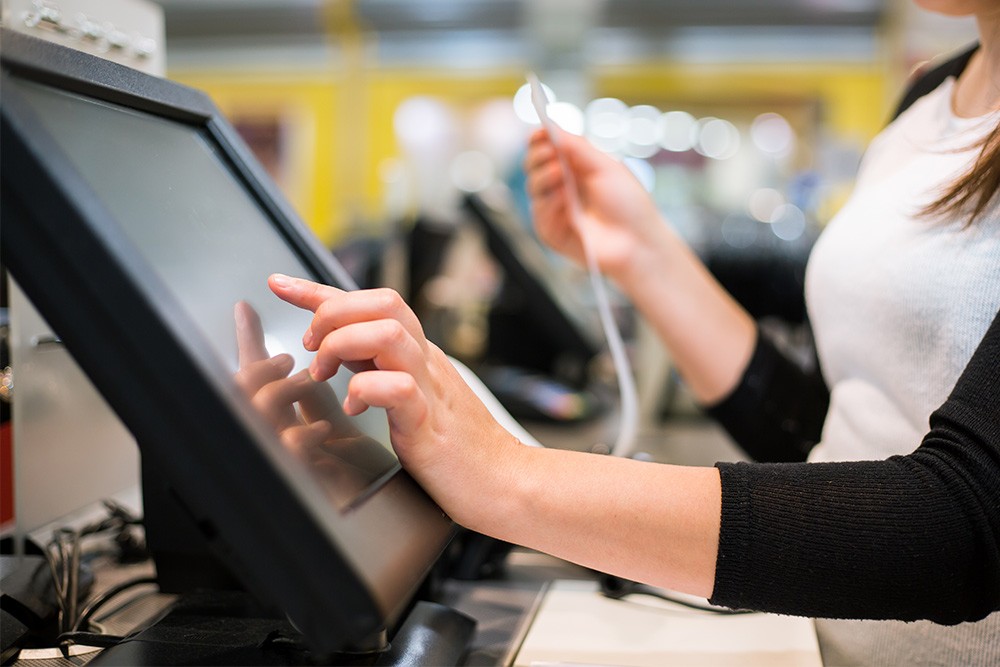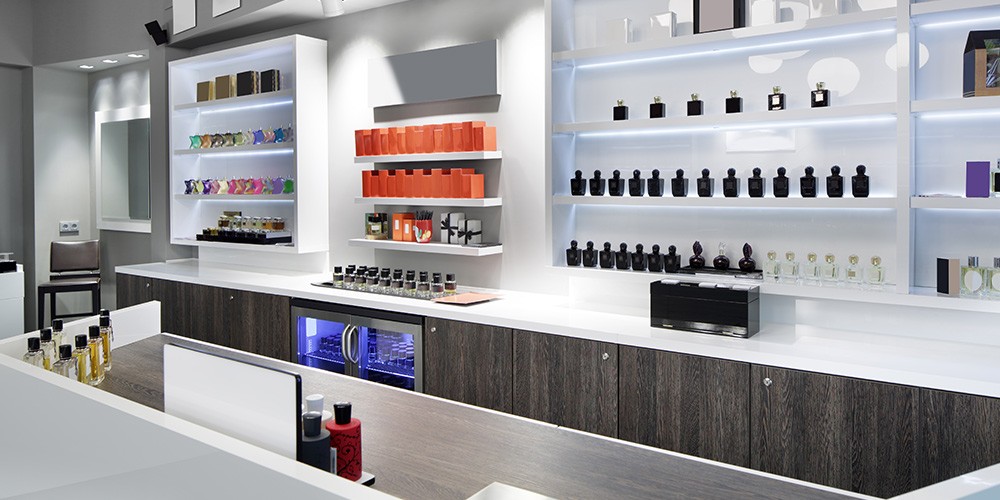
Six ways to stop shoplifting at the Point of Sale
The point of sale is a key weapon in the fight against shoplifting. As the place where transactions are made and staff are based, it provides the central location to not only identify retail loss but to actively combat it.
With that in mind here are six ways to stop shoplifting using the point of sale.
Location, location
The point of sale is among the most important focal points of any retail outlet, and its location alone can help combat theft.
The POS should be positioned so staff have a clear line of sight across the shop floor. In larger outlets, registers should be near the door to ensure customers coming in and out are observed in a welcoming manner.
Meanwhile, self-service registers should fall under the watchful gaze of a dedicated attendant.
Analytics and insight

A great asset of the modern-day Point of Sale is that it reveals a wealth of data relating to loss prevention.
For example, it can tell management when a store is most likely to be busy, which staff member handled what transactions, and what items are meant to be in stock, but cannot actually be located on the shop floor.
It also reveals information about returns and refunds.
Together this paints a picture of where your retail loss is occurring, providing clues as to whether that’s due to employee theft, fraudulent returns, or shoplifting of specific items.
Gift cards and returns
On that note, the Point of Sale is where transactions including refunds, exchanges and gift card redemptions most commonly occur. And each of these transactions offers the potential for retail theft involving fraud.
Service staff at the register should be well trained in what to look out for when it comes to fraudulent returns and gift cards, along with being made aware of a store’s policies relating to returns without receipts.
EAS strategy

The Point of Sale is integral to loss prevention strategies like electronic article surveillance. After all, this is the site where the security labels and security tags which protect individual products against theft are deactivated or detached.
Staff at the POS are also likely to be among those responding to any EAS alarms.
That means detachers and deactivators should be readily accessible at the Point of Sale, allowing staff to quickly remove tags or deactivate labels as they complete a sales transaction.
Meanwhile, POS staff should also be educated on how EAS works, including proper deactivation and detachment techniques to avoid false alarms and what to do in the advent of an actual alarm.
Identifying suspicious behavior
As the central location that customers attend to make a purchase or an inquiry, the Point of Sale is also among the places in a store where suspicious activity can be quickly identified.
For example, organized gangs of shoplifters will often seek to distract staff at the POS while items are stolen.
It’s also a central position to observe consumer behavior looking for the key signs of shoplifting.
High value stock

Best loss prevention practice indicates high-value stock should be positioned within view or reach of the Point of Sale.
In smaller retailers, this might mean high-value stock is positioned behind the counter, or a display model is available but actual merchandise is locked in a drawer or glass cabinet, accessed by POS staff.
The final word
The role of the Point of Sale in loss prevention is just one factor that retailers should consider when It comes to combatting shoplifting, theft, and organized retail crime.
The right positioning of the POS, the right insight from its analytics, and the right training of POS staff ensure this key feature of all stores can be used to great effect to help reduce shoplifting and theft.
For more tips on loss prevention see here, or view our range of security tags and security labels.


